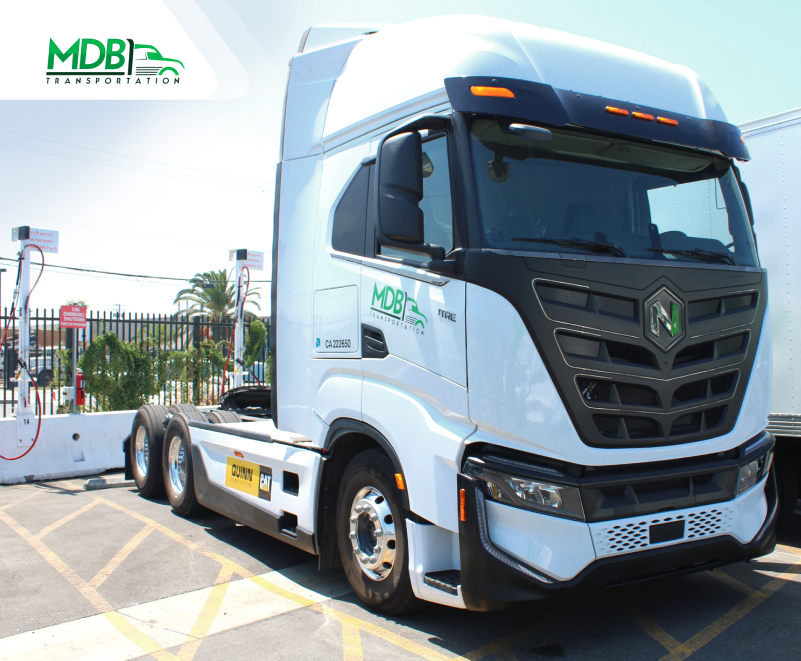
 November 8, 2022
November 8, 2022
It is impossible to imagine the development of an economy without transportation services. In fact, the trucking sector alone was valued at $791.7 billion in 2019. However, this all changed the following year as almost every industry took a hit during the COVID-19 pandemic. Even though the pandemic is not as threatening as it was in 2020 and 2021, the after-effects of it are still visible and challenging. The transportation business could not escape these adverse effects either. The first major challenge was faced by public transportation. With people being in lockdown, the whole sector was paralyzed. However, even after some of the restrictions were lifted, people avoided using public transportation for quite a long time.
In regards to one of the major sectors of the transportation industry, which is trucking, COVID-19 affected the workforce tremendously. For example, Trucking HR Canada’s Labor Market Snapshot recorded that during the first two quarters of 2020, around 49,000 truck drivers lost their jobs. At the same time, the demand for the transportation of medical supplies and equipment drastically increased, which subsequently created an urgent need to hire truck drivers. This shows that the overall effect of the pandemic on the transportation industry has been a rollercoaster ride.
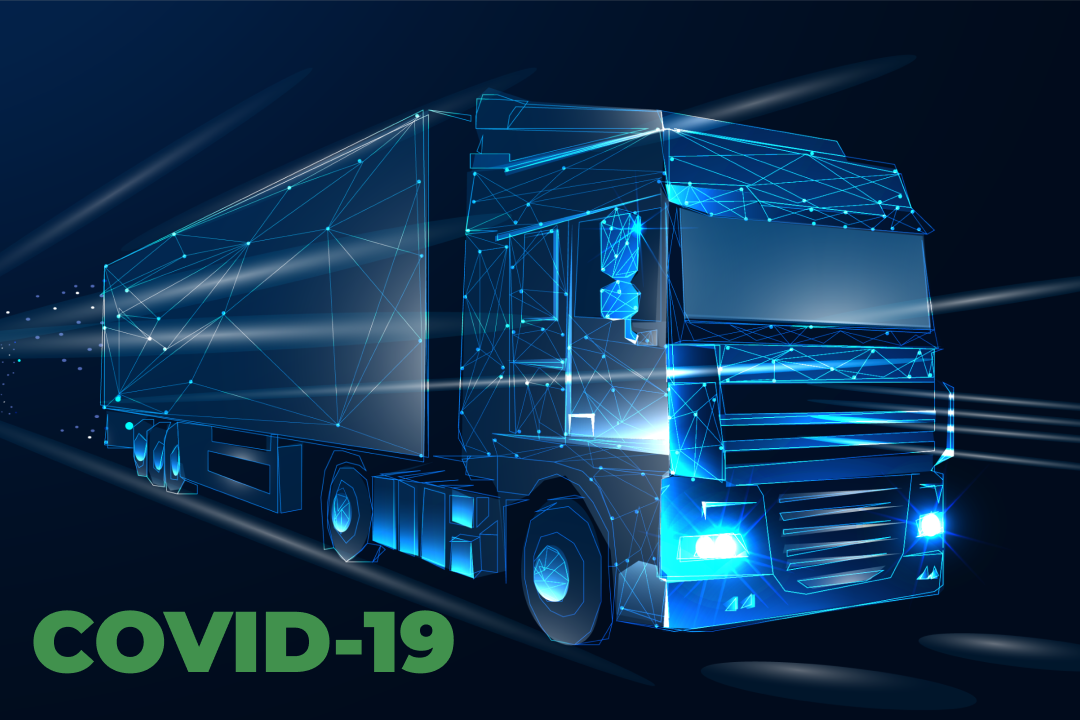
In this article, we will discuss in more depth some of the effects that COVID-19 had on the transportation and logistics industry. Further, we will introduce various trends in the world of trucking and the significance of having a sustainable business model in such an industry.
The pandemic resulted in many people losing their jobs, no matter the industry. However, for the trucking industry, the overall situation was not very bad after the first two quarters of 2020. According to the American Transportation Research Institute (ATRI), the trucking industry was able to take advantage of low fuel costs and traffic-free highways. Despite this fact, transportation industry companies still faced several challenges.
![]() The first challenge was the fluctuating demand for drivers. As already mentioned before, medical supplies and equipment needed to be transported across the country in a short period of time and in large quantities. That is why many companies needed to hire multitudes of professional truck drivers in a short period of time.
The first challenge was the fluctuating demand for drivers. As already mentioned before, medical supplies and equipment needed to be transported across the country in a short period of time and in large quantities. That is why many companies needed to hire multitudes of professional truck drivers in a short period of time.
![]() Another major challenge was the closure of warehouses. The main reason behind this is that many warehouse workers got infected with COVID-19 and were unable to go to work. As a result, there were interruptions with deliveries since there was such a shortage of drivers.
Another major challenge was the closure of warehouses. The main reason behind this is that many warehouse workers got infected with COVID-19 and were unable to go to work. As a result, there were interruptions with deliveries since there was such a shortage of drivers.
![]() Lastly, truck drivers faced many challenges on the road as well. One of the major issues was eating. Since most restaurants were closed and trucks are unable to enter a drive-thru, the options became very limited. On the other hand, the roadside rest stops continued to operate, which was a positive thing.
Lastly, truck drivers faced many challenges on the road as well. One of the major issues was eating. Since most restaurants were closed and trucks are unable to enter a drive-thru, the options became very limited. On the other hand, the roadside rest stops continued to operate, which was a positive thing.
Before getting into the transportation industry trends, we would like to present some statistics to illustrate the magnitude of the workforce. According to data, 10.1% of the American labor force worked in the transportation and warehousing industry in 2020. Trucking is one of the largest sectors in the transportation industry. In fact, 70% of all freight in the US is transported through trucks. And this number is continuing to grow. However, with the market size increase, more people want to get involved in a profitable transportation business, such as trucking. Therefore, the competition for attracting consumers and staying ahead of the game is getting tougher. That is why companies need to follow recent transportation industry news, such as the transition of trucking companies into becoming sustainable business models, to have continued success. For that exact reason, we provide some of the current and future trends of the transportation industry in general.
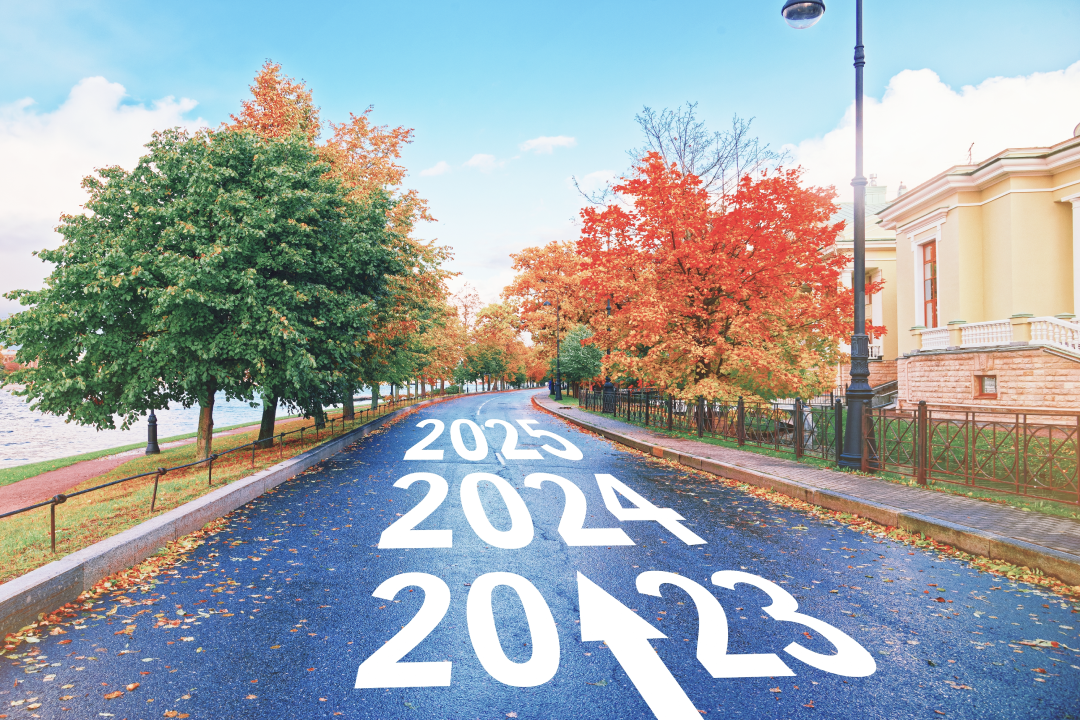
![]() One of the latest trends in the industry is convoy technology. Transportation industry statistics show that this new AI trucking solution enables the drivers to hit the road for 22 hours. But how exactly does this technology work? The method suggests using one leading truck, and one autonomous one. The first driver starts the commute, and the second driver stays in the autonomous truck. Whenever the first driver needs to rest, the drivers switch positions.
One of the latest trends in the industry is convoy technology. Transportation industry statistics show that this new AI trucking solution enables the drivers to hit the road for 22 hours. But how exactly does this technology work? The method suggests using one leading truck, and one autonomous one. The first driver starts the commute, and the second driver stays in the autonomous truck. Whenever the first driver needs to rest, the drivers switch positions.
![]() Another major trend in the transportation industry is route tracking. This is a technology that many top transportation companies, like MDB Transportation, might utilize. Not only does this technology allow companies to find the most efficient routes, but also helps to track real-time locations.
Another major trend in the transportation industry is route tracking. This is a technology that many top transportation companies, like MDB Transportation, might utilize. Not only does this technology allow companies to find the most efficient routes, but also helps to track real-time locations.
![]() Speaking of the upcoming trends in the transportation industry, electric vehicles (EVs) are becoming more and more widely used. Unlike traditional vehicles, EVs are one of the most convenient and “green” transportation means. Forecasts show that by 2030 the amount of EVs in global commerce will grow by 22%. Additionally, sustainable practices becoming a priority for many top transportation businesses, such as MDB Transportation, consequently the demand for electric vehicles is growing exponentially.
Speaking of the upcoming trends in the transportation industry, electric vehicles (EVs) are becoming more and more widely used. Unlike traditional vehicles, EVs are one of the most convenient and “green” transportation means. Forecasts show that by 2030 the amount of EVs in global commerce will grow by 22%. Additionally, sustainable practices becoming a priority for many top transportation businesses, such as MDB Transportation, consequently the demand for electric vehicles is growing exponentially.
Now that we touched upon the concept of transportation becoming a more sustainable business, let’s define the main components of it in more detail. The formula is comprised of three aspects: economy, society, and environment. The society aspect includes satisfaction of consumer needs and wants. Economy refers to the affordability, efficiency, and a variety of the transportation fleet. Whereas, the environment includes limited waste creation and minimum greenhouse gas emissions. A transportation company that follows this framework, such as MDB Transportation, is considered to be integrating a sustainable business strategy.
To further understand the importance of transportation companies switching to a sustainable business model, let’s look at some statistics.
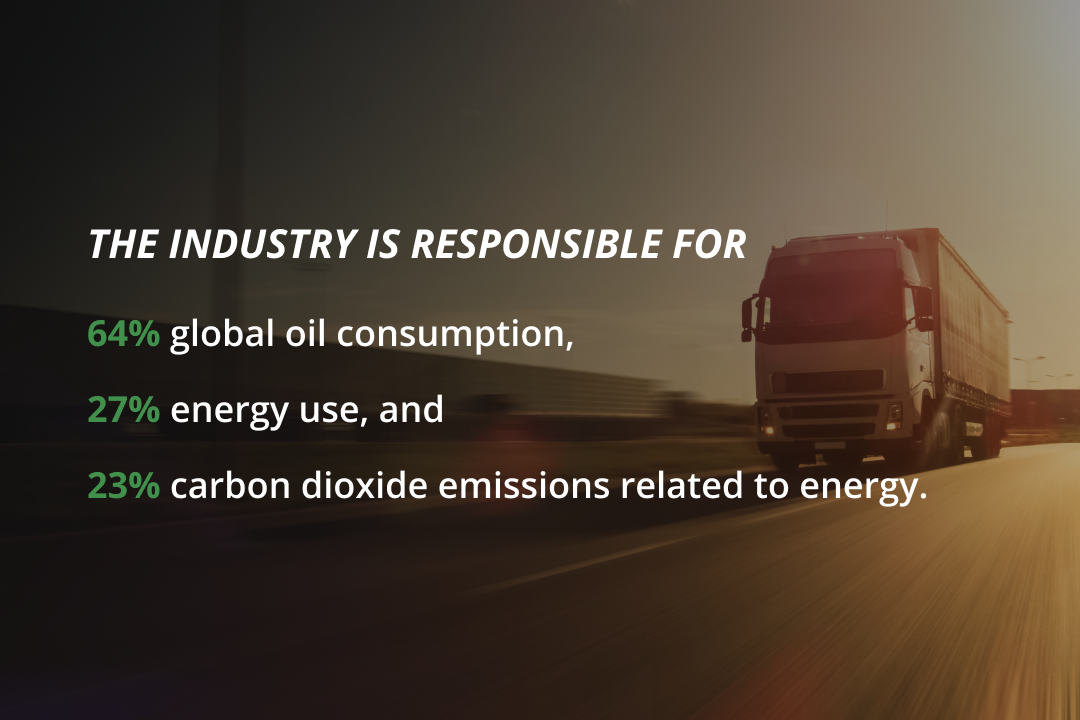
The industry is responsible for 64% global oil consumption, 27% energy use, and 23% carbon dioxide emissions related to energy. These numbers have a sustainable effect on the environment in general. Therefore, if preventive measures are not taken into consideration by independent transportation companies as well, then the negative impact can easily become irreversible. Below are some examples of sustainable business strategies that could shift the impact from negative to positive.
Closely tied to the transportation industry, highway construction is the first area that needs to be restructured to minimize the environmental hazard that it imposes. According to recent sustainable business news, U.S. Green Building Council suggests using recyclable materials for construction and encompassing alternative strategies for design, such as green concrete. Other important points for consideration are improvement in freight efficiency through better transit management, and integration of electric vehicles as the main transportation means.
To finish up, we would like to talk a little about MDB Transportation, as a leading example of a sustainable business model. In their latest monthly newsletter, Harbor Trucking Association (HCA), an intermodal carrier alliance that serves America’s West Coast ports, has mentioned MDB Transportation as one of the leading transportation industry companies that contributes the protection of the environment. In fact, all of the sustainability practices that MDB Transportation has implemented over time equal to planting 12,082 trees, and removing 169 metric tons of greenhouse gas emissions.
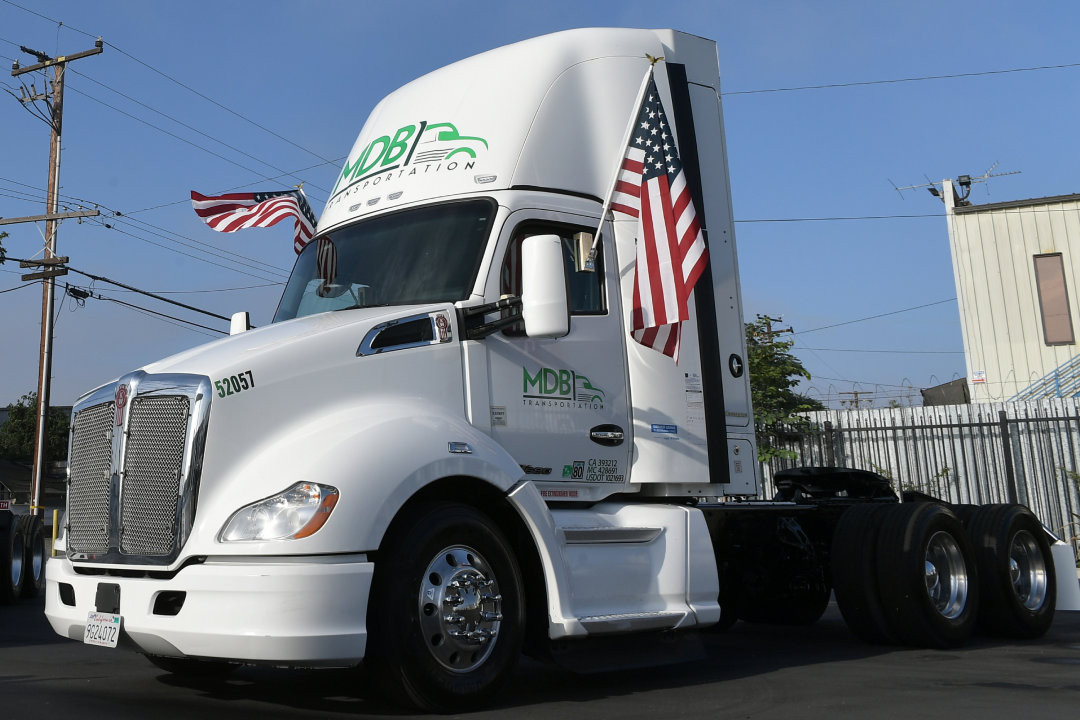
As a final note, some of the sustainable business examples that MDB Transportation has been using recently include but are not limited to using high-quality fuel, investing in usage of alternative fuel sources, and enhancing investment in better road infrastructure.